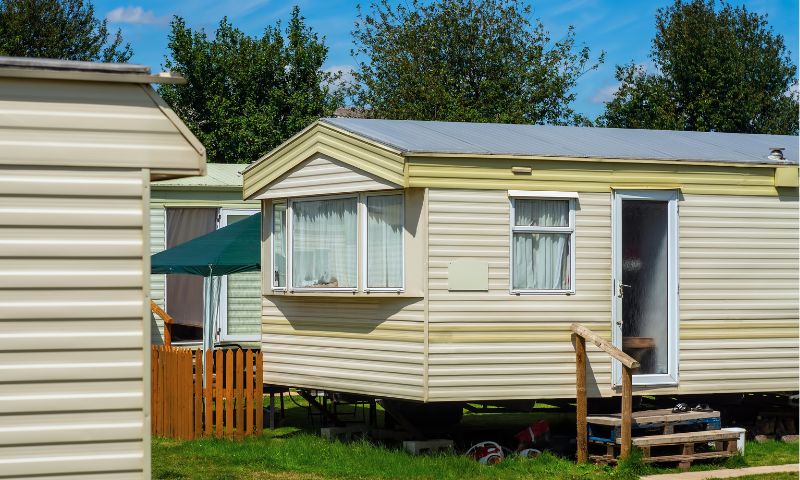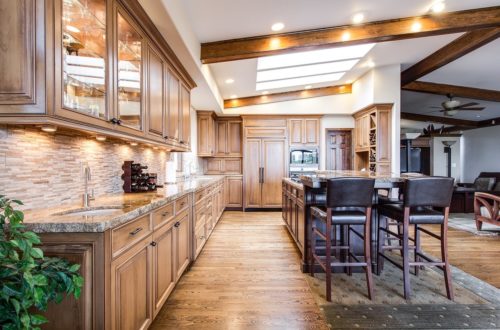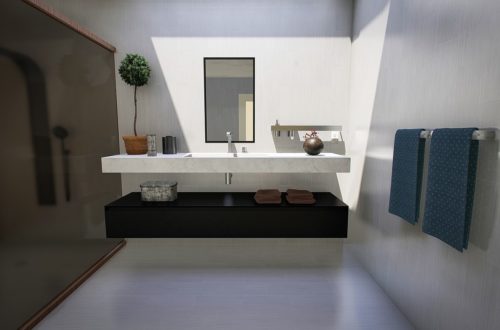Mobile Home Inspection: What To Know Before Buying

Buying a home often requires a keen eye and a solid idea of the aspects that are most important to you and your family. Many potential buyers invest in mobile homes due to their affordability and customization options. When you have an opportunity to look around a modular house, there are certain things that you should watch out for. Here’s what you should know about performing a mobile home inspection before buying.
Plumbing and Faucets
It’s always a good idea to verify that all of the faucets in the home work properly since mobile homes can experience problems with the pipes located on the underside of the structure. In truth, plumbing is one of the most common problem areas in older mobile homes. Be sure to check all of the sinks, showers, tubs, and toilets while you’re looking around a house. That way, you can see for yourself if each component operates as it should and whether there are any peculiar factors worth noting, such as dribbles, unpleasant smells, or strange coloration.
Air Conditioning
The summer heat can be brutal, so if you’re considering buying a modular home, it’s highly recommended that you check the air conditioning. You can determine whether the system works correctly and check the unit for its last servicing date. If the mobile home doesn’t have air conditioning, you will want to check for fans and ventilation options. With the right configuration, you may be able to install a window unit to help you keep cooler in the summer.
Outdoor Skirting
Many potential homebuyers spend a lot of their time examining the interior of each house. When it comes to a mobile home inspection, you should know more about the condition of the exterior before buying. Skirting is a protective piece of metal, vinyl, wood, or brick that protects the underside of a modular home. If you’re looking to buy a mobile home, maintaining the skirting kit is essential. You should take some time to go around the house and ensure that the skirting is firmly in place and that there aren’t any loose spots. Proper skirting should have ventilation to keep your pipes from being affected by varying temperature conditions.
Would you like to receive similar articles by email?





